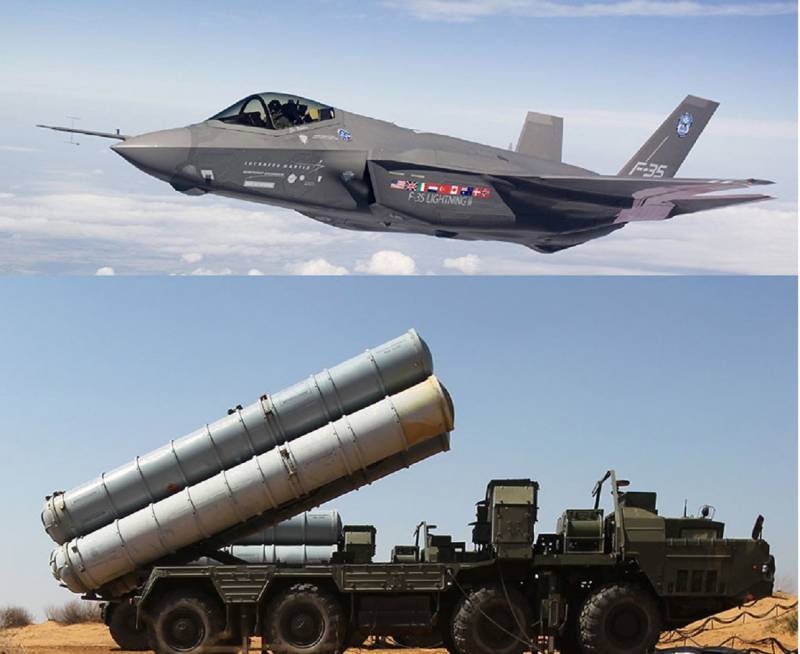Cyber attacks and not the Russian S-400 missiles could be the biggest threat to the US’ most-advanced F-35 stealth fighter jet, also called the ‘flying computer’, according to reports.
The Lockheed F-35 Lightning II is considered the most sought-after fighter jet in the world. It’s already in service with nine countries, and more clients, including the UAE, are looking to procure the most-advanced flying machine.
Developed by the Maryland-headquartered American aerospace giant Lockheed Martin, the single-seat, single-engine, all-weather multirole F-35 stealth fighter is a supreme fighter designed to perform an array of roles, including both air superiority and strike missions.
The F-35 is a lethal fighter which banks on its stealth technology to evade being detected on enemy radars. The advanced stealth technology made it almost invincible until it was revealed that the Russian-made S-400 surface-to-air missile system can take it down.
However, the fact remains that unless there is a real encounter between the American fighter and the Russian defense system, no one would ever know which one is superior.

While the F-35 team in the US is already working towards improving the fighters’ capabilities, especially with the ‘Block Four’ variant, the fighter jets could be vulnerable to cyber-attacks.
Needless to say, cyber-tacks are becoming more complex and sophisticated every day, with almost anything connected to the internet being prone to hacking.
Be it mobile phones, computers or servers, any electronic gadgets could be a playground for hackers if it is not adequately protected by the right kind of cybersecurity procedures.
Even the most modern fighter jet like the F-35 can be compromised given that it boasts high-tech digital features including AI-like sensor fusion, 360-degree camera views, improved data links, a database of threat information at-the-ready, and a highly-advanced computerized logistics system, according to an analysis by Interesting Engineering.
The main reason is F-35’s modern cockpit and advanced programming system can be manipulated by unknown online attackers. Normally, a fighter jet, its system, and the overall functions are equipped with the most appropriate cybersecurity strategies to prevent mishaps during ongoing missions.
However, the fact is that there could always be loopholes that can be exploited by adversaries and hackers to sabotage its missions.
With the militaries across the globe looking to enhance their combat and safety options by relying more and more on computer processing, algorithms, and interconnected networks, major platforms, and weapons systems, there is a higher chance of them being targeted for cyber attacks.
The F-35 fighter boasts advanced avionics, an impressive armament, and at the same time, it can be used in electronic warfare and intelligence, surveillance, and reconnaissance missions.
The chances are that this ‘flying computer’, as the fighter jet is often called, can fall prey to invisible enemies rather than an incoming missile.
Despite advanced defense systems or counter-attacking procedures to foil any missile attack, cyber-attacks may harm the fighter jet by derailing the pilot’s weapon guidance, comprising threat data or destroying the flight path of the fighter.
The only silver lining is that developers at Lockheed Martin and US Air Force cybersecurity specialists are aware of the threats, and have been working towards devising secure weapons systems and platforms against such cyber attacks.
For instance, the US Air Force’s Cyber Resilience Office for Weapons Systems, (CROWS), tasked with bringing about the best ideas and strategies to anticipate potential enemy cyberattacks against the fighter jet.
It is likely that CROWS is already working on the strongest possible defense against cyber-attacks when it comes to protecting their most-advanced fighter jet.
Follow EurAsian Times on Google News